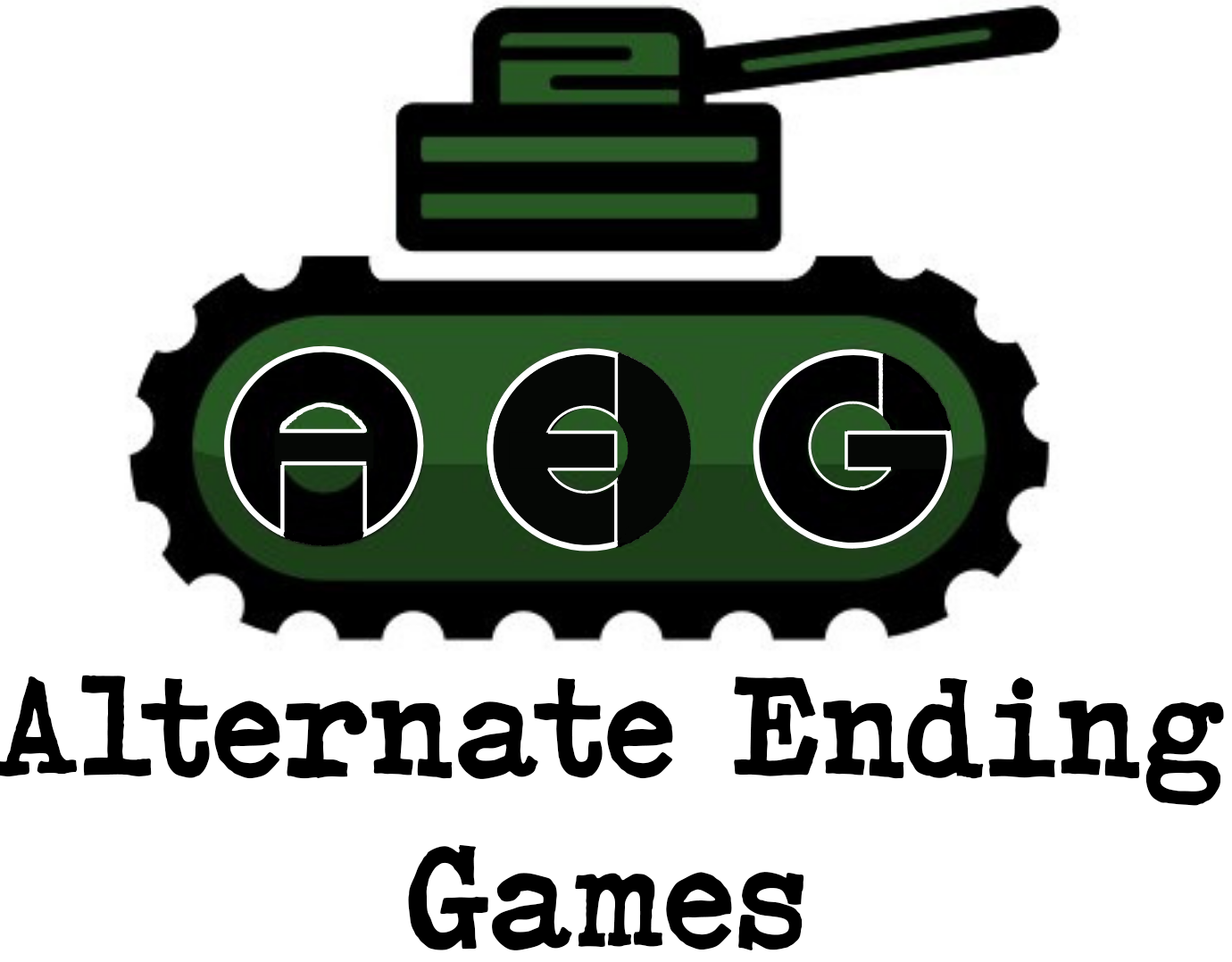SHOP IS TEMPORAILY CLOSED I am deployed with my National Guard Battery until October
- Home
- Sale
- New Arrivals
-
All Products
-
Browse by Type
-
Browse by Era
-
Browse by Country
-
- Shop By Category
- Packs
- Contact Us
- Custom Order
-




